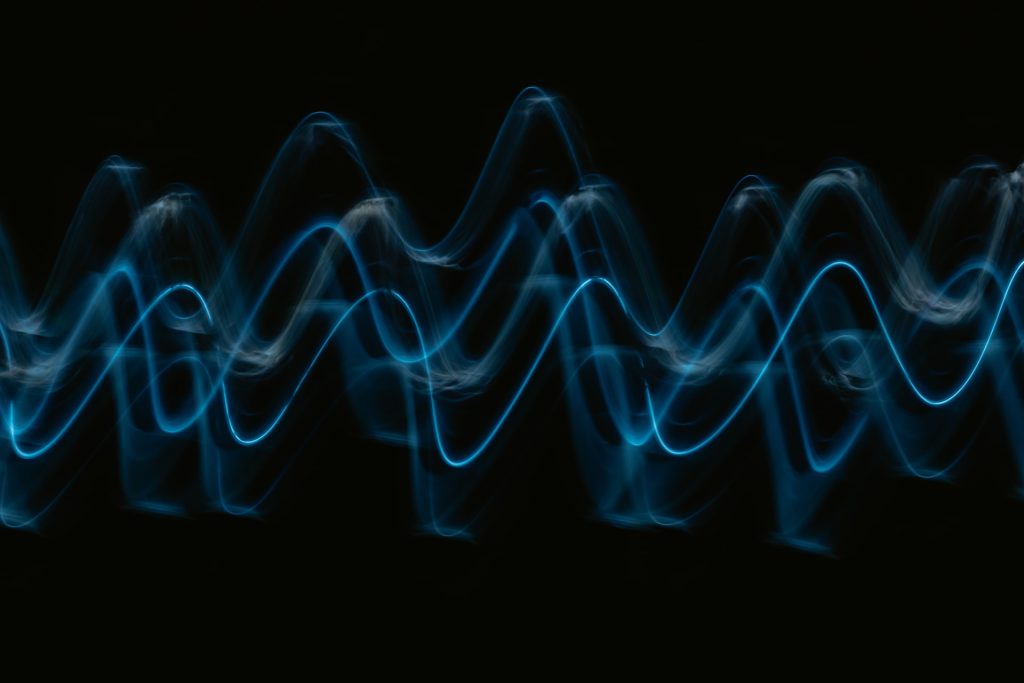
University of Michigan scientists have developed an ultrasound technology that uses high-powered pulses to break down liver tumours in rats, kill cancer cells and stimulate the immune system to destroy the remaining tumour and prevent metastasis.
The researchers reported in Cancers that, by destroying just 50% to 75% of liver tumour volume, the rats’ immune systems were able to clear away the rest, with no evidence of recurrence or metastases in more than 80% of animals.
“Even if we don’t target the entire tumour, we can still cause the tumour to regress and also reduce the risk of future metastasis,” said Professor Zhen Xu, corresponding author of the study.
The treatment was also found to spur the rats’ immune responses, possibly contributing to the eventual regression of the untargeted portion of the tumour and preventing further spread of the cancer.
The noninvasive technique, called histotripsy, focuses ultrasound waves to mechanically destroy target tissue with high precision. The relatively new technique is currently being used in a human liver cancer trial in the US and Europe.
Often, a tumour cannot be directly targeted for certain treatments due to the mass’ size, location or stage. To investigate the effects of partially destroying tumours with sound, this latest study targeted only a portion of each mass, leaving behind a viable intact tumour. It also allowed the team to demonstrate the technique in less ideal conditions.
“Histotripsy is a promising option that can overcome the limitations of currently available ablation modalities and provide safe and effective noninvasive liver tumour ablation,” said Tejaswi Worlikar, a doctoral student in biomedical engineering.
Liver cancer ranks among the top 10 causes of cancer related deaths worldwide, with poor prognosis despite multiple treatment options. Tumour recurrence and metastasis after initial treatment is common, demanding improved treatments.
The ultrasound approach comes without the side effects from present treatments such as radiation and chemotherapy.
“Our transducer, designed and built at U-M, delivers high amplitude microsecond-length ultrasound pulses – acoustic cavitation – to focus on the tumour specifically to break it up,” Prof Xu said. “Traditional ultrasound devices use lower amplitude pulses for imaging.”
The microsecond pulses create microbubbles within targeted tissues that rapidly expand and collapse, tearing up cancer cells and disrupting the tumour’s structure.
Source: University of Michigan

